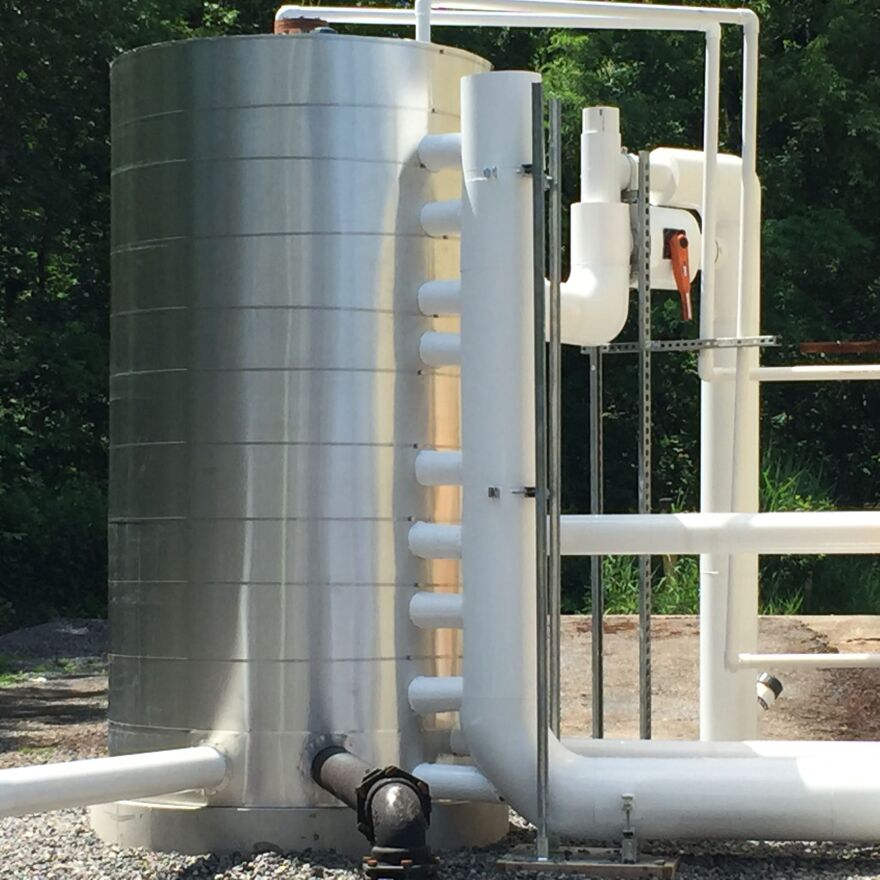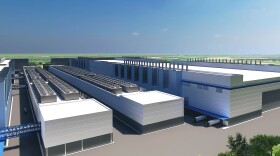The village of Minoa is combining education with wastewater cleaning tactics at its wastewater treatment plant at it “Cleanwater Education and Research Facility.”
One of the wastewater issues facing communities today is the amount pharmaceuticals that end up in water that comes out of sewage treatment systems. There are concerns about possible effects on humans as well as fish and wildlife.
One way to get rid of the remnants of pharmaceuticals is through a biological wetland that acts as kind of filter, according to former Neil Murphy, former president of SUNY ESF.
"It’s what nature has provided to treat natural products that would necessarily go into our streams or something like that,” said Murphy.
So he’s happy to see the man-made wetland at the village of Minoa wastewater treatment plant doing what nature intended -- filtering out some of the bad stuff that comes out of the wastewater plant that ends up in the environment.

This is just one of the projects that is part of this water quality research center that’s the only municipally operated system of its kind in the northeast. Along with the wetland, there is a fuel producing bio-digester that takes waste and turns it into energy, according to Mayor Richard Donovan.
"We’re helping the environment and creating a situation where small municipalities and rural areas can do things without spending millions of dollars without spending millions of dollars," said Donovan.
That’s where the education component comes in. Students from the East Syracuse-Minoa School District help build the wetlands and the bio-digesters. Superintendent Donna DeSiato says students are getting real hands-on experience.
"Actually [they’re] going off to college and careers to study these kinds of scientific and mathematical and engineering projects, and then we’re hoping they’re returning to central New York and putting their future career in New York state.”








